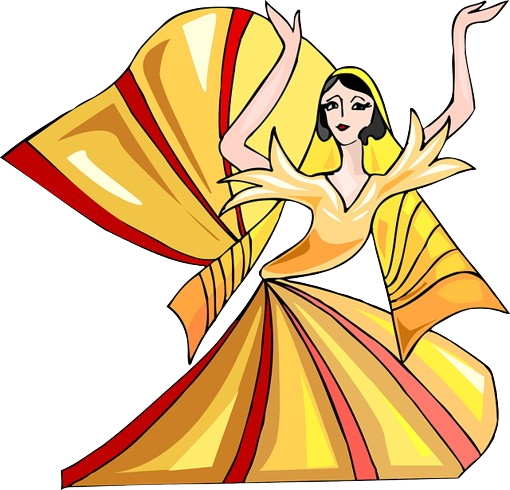The actor and his art of acting, for years it has been a social science, Federico Herrero, Nicolás Francisco Herrero, answers.
The actor and his acting art have been social sciences for years, Federico Herrero, Nicolás Francisco Herrero, directors, theater professors.
Federico Herrero and Nicolás Francisco Herrero, specialists in arts and sciences of the actor, presented at the Teatro Escuela Central, a research work, topic:
-Performance: evolution of technique-
From the aforementioned work, below is a fragment regarding the art of the actor and its contradictions.
Federico Herrero, regarding the performance, and the following concept: each element present in the theatrical event, and of course in the first instance the performances, has a particular function, that is, each one of them lacks the totality.
Such is the case of the character, understood as a discursive fragment of a greater totality (which is that of the plot), and which the action of the actor on stage must not contradict or confuse, it is an active interior and expressive element.
To what extent does this conception of theatrical art impact acting?
Or more precisely, how is it possible to conceive acting, as an artistic action of the actor, in this context? And furthermore, what idea of the subject is implicit in these postulates?
-Acting understood as interpretation-
We reconsider that the notion of performer is inherent to the predominance of the transitive dimension of representation in theater.
The actor’s task in this context then consists of two moments: knowing in advance the already composed plot, and through it the character, a true reference than the acting action. must materialize in a second stage.
Therefore, the actor intellectually accesses the understanding of a heterogeneous and extemporaneous project to the action on his stage.
The heterogeneity lies in the discursive nature of the plot, which the action on stage as an event lacks.
The absent time, for its part, can lie in the priority with which the plot is formulated with respect to the performance, as well as in the meaning subsequently identified in the reception, but which justifies the action as long as it is assimilable to a recognized meaning. in a given culture.
In this sense, acting participates in what also happens with other so-called performing arts.
These are those artistic executions that do not produce an object as a result, so the work is found in the execution itself.
The absence of a tangible object, separate from the artist, in the performing arts raises questions about identity and variation from an original.
In this way, a difference is established between the concepts of the author and director, and interpretation, which can deprive the interpreter of his rights.
Performing arts such as music, dance, drama, theater, rituals and martial arts do not exist on their own.
The score of a musical composition may exist, but not the music itself, reserving the sole task of executing a work previously conceived by another subject, generally the author.
This does not refute the idea that the interpreter can in turn be the author of the work, given that since the two instances are separated, the interpretation will also be the execution of something previously devised, which acts as a justification and guide.
The deprivation or attribution of the category of author or artist to the performer (and therefore, of that of work of art to its interpretation) varies depending on the circumstances and also, depending on the artistic language in question: in singing, Dance and musical performance is generally more appreciated than the originality of the interpretation.
The action presents greater difficulties for this, due to the aspects that we will develop below.
In the performer, the corporal and practical aspects of his task are isolated, which must be at the disposal of the work to be executed, which in this way acquires its external and heterogeneous character to the execution.
The legitimation of the execution is given by its fidelity and correspondence with the work represented.
The existence of an original is thus affirmed, which is created by a subject that does not coincide with the one who carries out the interpretation, either because the author of the plot is another subject: playwright, director, or chronologically (as long as it is a question of a model previously conceived by the performer himself and then executed by himself).
The significant fact lies in the fact that interpretation is not defined as a full activity, but rather is conceived as dependent on another instance.
In the case of action, only the material aspects of the action would correspond to it.

The acting directors Federico Herrero and Nicolás Francisco Herrero and a key concept of acting, the actor’s task is posed, as we have seen previously, in terms of materialization, so the actor would lend his body for the execution of something that has already been done.
Theater directors and teachers, Federico Herrero and Nicolás Francisco Herrero, affirm that the action in the actor in theater, film and television only replaces the narrative action emanating from the plot, as original.
This scheme participates in a dualistic conception of the subject, in which body and mind are separated, establishing the domain of the former as the pertinence of the interpreter and, at the same time, denying that of the latter.
Nicolás Francisco Herrero and a clear and important concept, the art of acting, must in part determine the body as an extensive network, belonging to the world of things and the totality in fiction.
It is a mechanism of limbs, moved by something external because by itself it could not feel or think. From there comes the idea that the subject has a body, an instrument for effective action and production.